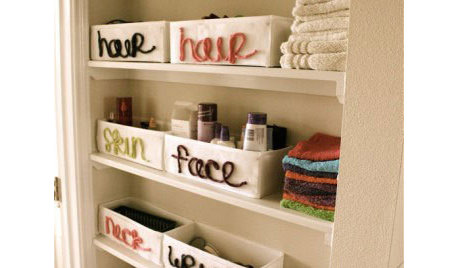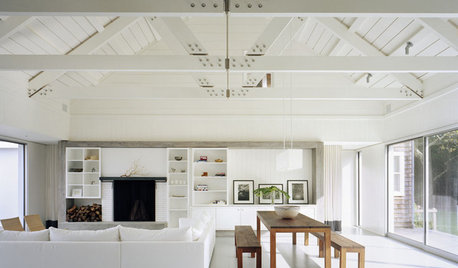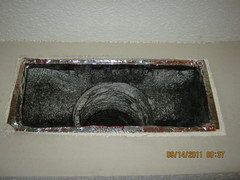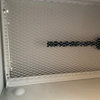Rigid foam vs. spray foam under crawlspace
niwashikun
11 years ago
Featured Answer
Comments (12)
david_cary
11 years agolast modified: 9 years agoniwashikun
11 years agolast modified: 9 years agoRelated Professionals
Carson Solar Energy Systems · Lomita Solar Energy Systems · Mill Valley Solar Energy Systems · Champlin Home Automation & Home Media · Fort Lauderdale Home Automation & Home Media · Greenville Home Automation & Home Media · La Crescenta-Montrose Home Automation & Home Media · Springville Home Automation & Home Media · West Elkridge Home Automation & Home Media · Yeadon Home Automation & Home Media · Beaufort Fireplaces · Greeley Fireplaces · Leander Fireplaces · North Aurora Fireplaces · North Ogden Fireplacesdavid_cary
11 years agolast modified: 9 years agoenergy_rater_la
11 years agolast modified: 9 years agoniwashikun
11 years agolast modified: 9 years agoenergy_rater_la
11 years agolast modified: 9 years agoniwashikun
11 years agolast modified: 9 years agoenergy_rater_la
11 years agolast modified: 9 years agoweedmeister
11 years agolast modified: 9 years agoenergy_rater_la
11 years agolast modified: 9 years agoBongo
8 years ago
Related Stories

MATERIALSInsulation Basics: What to Know About Spray Foam
Learn what exactly spray foam is, the pros and cons of using it and why you shouldn’t mess around with installation
Full Story
GREEN BUILDINGEcofriendly Cool: Insulate With Wool, Cork, Old Denim and More
Learn about the pros and cons of healthier alternatives to fiberglass and foam, and when to consider an insulation switch
Full Story
FURNITUREHow to Buy a Quality Sofa That Will Last
Learn about foam versus feathers, seat depth, springs, fabric and more for a couch that will work for years to come
Full Story
DIY PROJECTSDining Set Makeover: Paint and Tea-Tinted Fabric Make Old Chairs New
Reclaim dated dining chairs for far less than buying new, using spray paint, modern fabric and a handful of tea bags
Full Story
ARCHITECTUREHave Your Flat Roof and Your Snow Too
Laboring under the delusion that flat roofs are leaky, expensive and a pain to maintain? Find out the truth here
Full Story
FLOORSFloors Warm Up to Radiant Heat
Toasty toes and money saved are just two benefits of radiant heat under your concrete, wood or tile floors
Full Story
HOUSEKEEPING20 Things You Might Be Forgetting to Spring-Clean
Clean these often-neglected areas and your house will look and feel better
Full Story
ORGANIZING8 Incredibly Clever Organizing Tricks
A tension rod under the sink; wire and nails in the closet ... these storage and organizing ideas are budget friendly to the max
Full Story
REMODELING GUIDESSupporting Act: Exposed Wood Trusses in Design
What's under a pitched roof? Beautiful beams, triangular shapes and rhythm of form
Full Story
DIY PROJECTSHide Cords in Style With DIY Graphic Panels
Keep wires under wraps for a neater-looking home office or media center, with wall panels you make to your exact taste
Full StoryMore Discussions








energy_rater_la